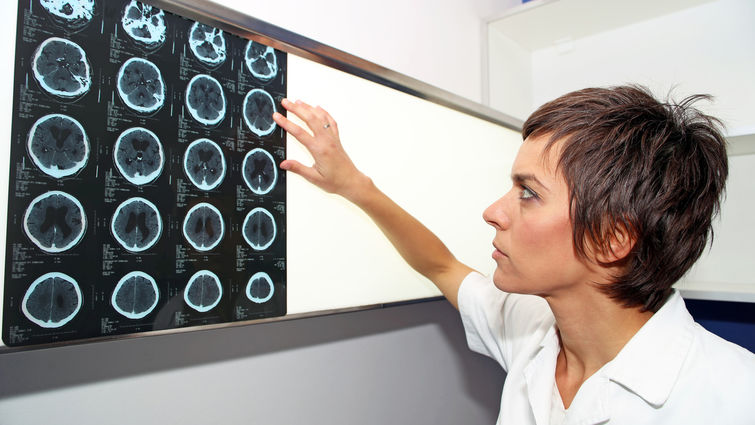
In health and medicine, men and women are often diagnosed with the same medical conditions but sometimes have different risk factors. Promod Pillai, MBBS, MCh ,FAANS, a neurosurgeon at Loma Linda University Health, strives to inform the community of some variabilities to protect them from a medical emergency.
Quick facts:
Strokes…
- Kill more women than men each year.
- Kill about twice as many women as breast cancer each year.
- Are the third leading cause of death for women.
Mental health and stroke
Psychiatric disorders can cause physical changes to your body. Studies found that in some cases, mental health disorders lead to changes within the cells in the body, causing inflammation and oxidative stress. Being in consistent situations that trigger a “fight-or-flight” response can cause high blood pressure, the leading cause of stroke.
“High blood pressure is the number one preventable cause of stroke,” Pillai says. “It is essential to have your blood pressure checked periodically by a doctor or at health fairs, a local pharmacy or supermarket, or with an automatic blood pressure machine at home.”
Women have higher rates of depression and other mental illnesses, which Pillai says may contribute to stroke occurrence and functional outcome. Taking care of your mental health and removing yourself from stressful situations can decrease your odds of stroke.
Ethnic variability of stroke in women
According to the CDC, Black women are more likely to die from a stroke than any other population in the U.S. due to the increased proportion of high blood pressure, sickle cell disease, and obesity compared to white women. Pillai says those at risk for or diagnosed with other health conditions especially need to know how to recognize a stroke and limit other risk factors.
Risk factors exclusive to women
Changes during pregnancy include increased blood pressure and stress on the heart. Studies show women with migraines or those taking oral contraceptives have an increased risk of stroke. Combinations of the previously mentioned increase the risk two-fold.
Reducing fats, salt, and sugar intake will decrease your chances of stroke. Pillai says smoking doubles your risk of stroke by damaging blood vessel walls, speeding up artery-clogging, raising blood pressure, and making your heart work harder.
“A stroke can leave you permanently disabled, but many strokes are preventable and treatable,” Pillai says. “Every woman can take steps to prevent stroke by knowing her risk factors and making healthy choices.”
Recognizing and surviving a stroke — BE FAST
About 80% of strokes are preventable. Follow the below acronym to recognize a stroke in yourself or someone close.
B – watch for a sudden loss of Balance
E – loss of vision in one or both Eyes
F – Smile. Does one side of the Face drop?
A – Raise both arms. Does one Arm drift downward?
S – Repeat a simple phrase. Is the Speech slurred or strange?
T – Time. Act fast and if you see any of these signs, call 911 immediately.
Suffering from a stroke can be a life-altering experience, but you don’t have to be alone. Know the signs, learn your risk factors, and take active steps to prevent stroke today. Learn more by visiting the Comprehensive Stroke Center website.
